Pulp Frission
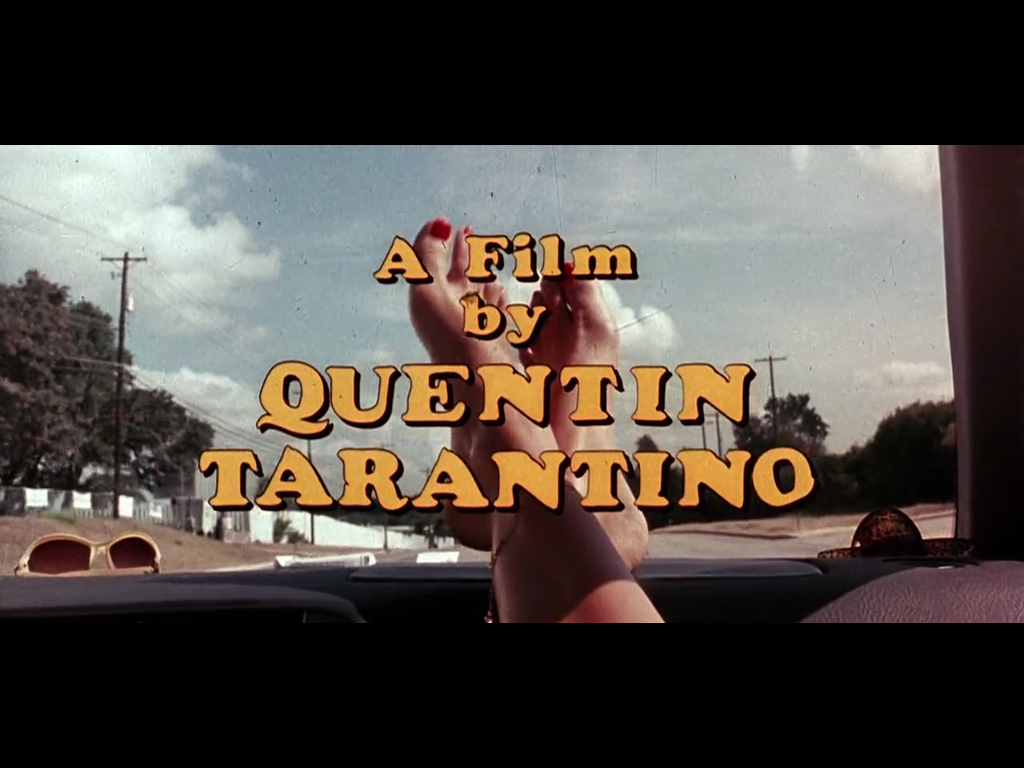 (Content Note: This piece contains descriptions of fictionalized violence against women of a possibly sexual nature and descriptions of bodily objectification through male gaze. It also contains some mention of foot fetishism and uses an extended metaphor around piss play. Consider yourself warned.)
(Content Note: This piece contains descriptions of fictionalized violence against women of a possibly sexual nature and descriptions of bodily objectification through male gaze. It also contains some mention of foot fetishism and uses an extended metaphor around piss play. Consider yourself warned.)
Quentin Tarantino’s Death Proof is generally considered to be the least impressive of his filmography, even by Tarantino himself. It’s a film obviously constructed around a car chase sequence and as the second half of a double bill whose lead-in is a mildly diverting action-horror-comedy; it’s none-too-surprising that few critics were all that kind upon release. I haven’t seen anyone on Eruditorum Press beat up on the Guardian lately, so let’s let Peter Bradshaw stand in for the critical consensus:
…Tarantino has had to pad this film with stuff that would hardly make the DVD’s “deleted scenes” section: long, long, long stretches of bizarrely inconsequential conversation between the babe avengers which are a big comedown from the glorious riffs from Reservoir Dogs and Pulp Fiction. Tarantino appears himself in a wooden acting role (a real downer) and awards an unlovely cameo to his friend Eli Roth. But check out that head-on collision.
In defense of the commentariat of 2007, Tarantino has crafted a film that seems like just that kind of mindless fluff on the schedule of a week-by-week major-release movie reviewer. Few great films can be fully understood on a first viewing (unless you’re Pauline Kael I suppose). Then again (if I must take the opportunity to shit on the Guardian), the words “Zoe Bell” appear nowhere in Bradshaw’s review, meaning he entirely missed the greatest pleasures of even the surface level.
Nine years later, we need take no such excuse. Tarantino is a consummate filmmaker, hugely controversial, thoroughly aware of the controversy his films create, and in interviews manages to simultaneously talk incessantly and refuse to reveal anything of importance as to the intended meaning of his work. His persona and body of work are expressly designed to provoke a reaction, and even if Death Proof is the least of his films, it’s worth a second look. What are those interminable dialogue scenes doing, and why isn’t anyone talking about Royales with Cheese?
Looking again at the surface first, the conversations in this film are almost entirely among women. Young women to be precise, traditionally attractive party girls interested in booze, drugs, and hard cock. And in trying not to be judged, either by the other girls or by larger society, by how they like to enjoy that cock. And, over and over again, the omnipresent threat of aggressive men using their size, their social influence, their presence to dominate these young women sexually, to control female flesh for their own purposes.
Butterfly makes out with her nebbish boyfriend, clothes on, and makes him leave with a hard-on, and her friends laugh in disbelief, judging her for not just fucking him. Later, she’ll be pressured by social convention and by an aggressive masculine charmer in Stuntman Mike to perform a lap dance in the middle of a crowded bar.…

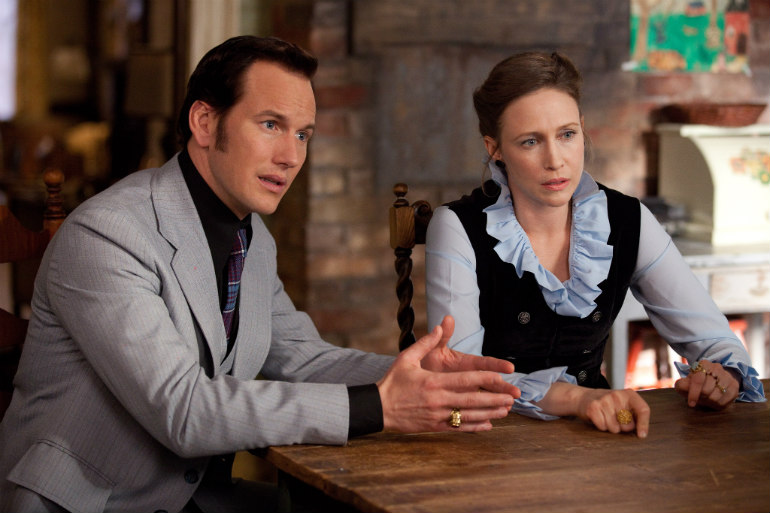 This post is based on a true story.
This post is based on a true story.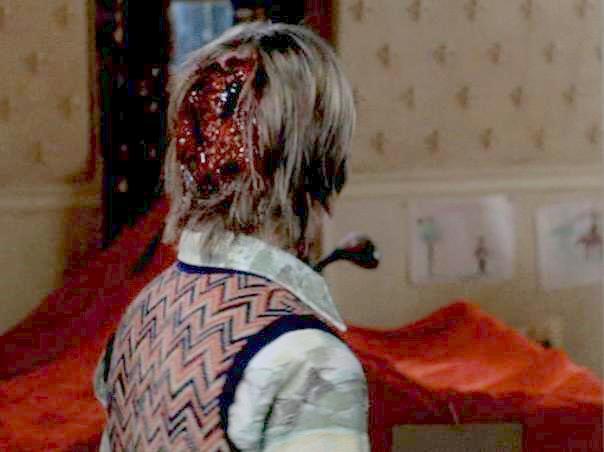
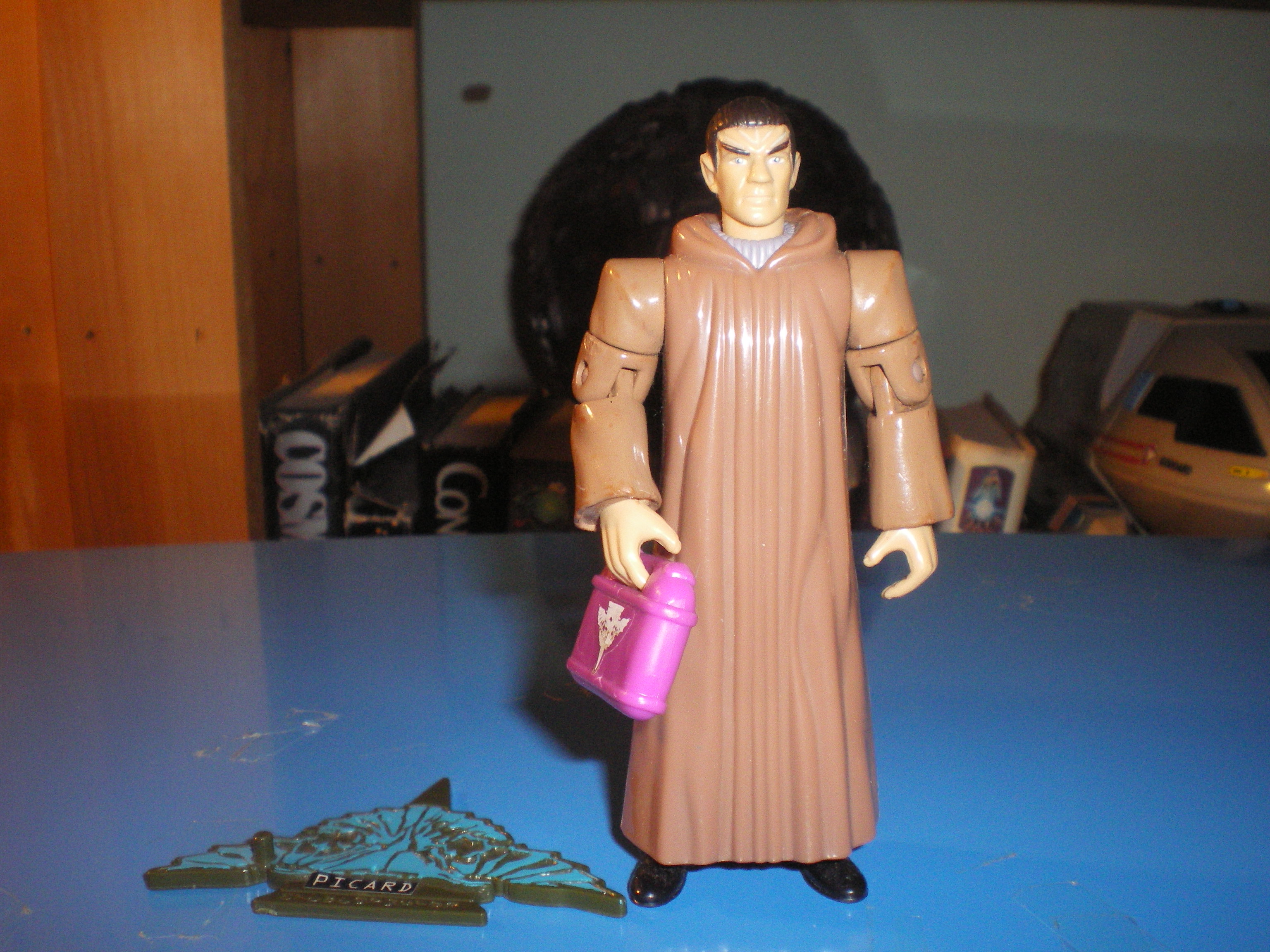
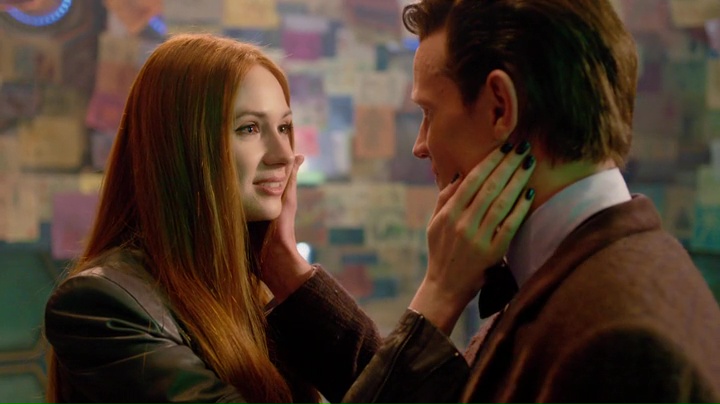 Last week we talked about the expression of the Beautiful throughout the history of Doctor Who, and gleaned different kinds of aesthetics employed by the show in the process – from awe at new, strange places… to the banal objectification of women… to an almost ritualized praise of monsters in the modern era. And it’s this latter sense of beauty that I find most interesting, given how monsters are now used in Doctor Who, especially in the Moffat era. Because monsters are no longer just villainous plot devices for generating scares. Quite often they are secret protagonists, and weighted with symbolic value, especially when juxtaposed with our main characters such that they become telling metaphors. This latter process I call the “monstering” of a character, and of particular interest to me is how Amy Pond becomes consistently monstered during her time on the show.
Last week we talked about the expression of the Beautiful throughout the history of Doctor Who, and gleaned different kinds of aesthetics employed by the show in the process – from awe at new, strange places… to the banal objectification of women… to an almost ritualized praise of monsters in the modern era. And it’s this latter sense of beauty that I find most interesting, given how monsters are now used in Doctor Who, especially in the Moffat era. Because monsters are no longer just villainous plot devices for generating scares. Quite often they are secret protagonists, and weighted with symbolic value, especially when juxtaposed with our main characters such that they become telling metaphors. This latter process I call the “monstering” of a character, and of particular interest to me is how Amy Pond becomes consistently monstered during her time on the show.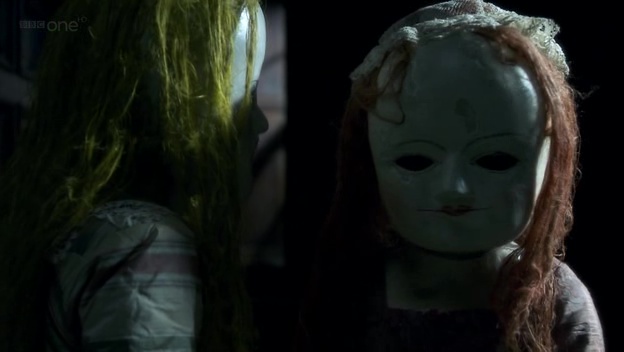 Contrast this with the monstering of Amy in Night Terrors. In Night Terrors, we see Amy transformed into a deadly Wooden Doll, the product of a child’s nightmare, a child who’s afraid of being abandoned. …
Contrast this with the monstering of Amy in Night Terrors. In Night Terrors, we see Amy transformed into a deadly Wooden Doll, the product of a child’s nightmare, a child who’s afraid of being abandoned. …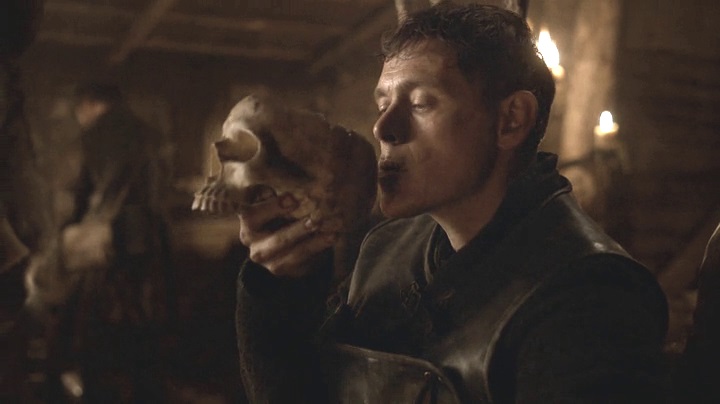
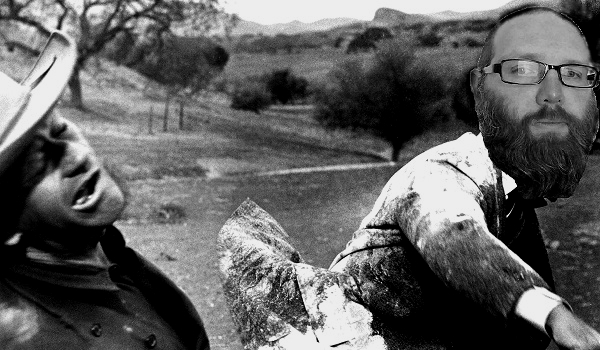 First, the Orlando shooting massacre happened. Then we had some issues with an Oi! Spaceman recording. Then some personal issues kept us away from the microphones for a few days. Long story short, I don’t have a lot of new content for you this week. The only new episode anywhere in the Oi! Spaceman family was
First, the Orlando shooting massacre happened. Then we had some issues with an Oi! Spaceman recording. Then some personal issues kept us away from the microphones for a few days. Long story short, I don’t have a lot of new content for you this week. The only new episode anywhere in the Oi! Spaceman family was 